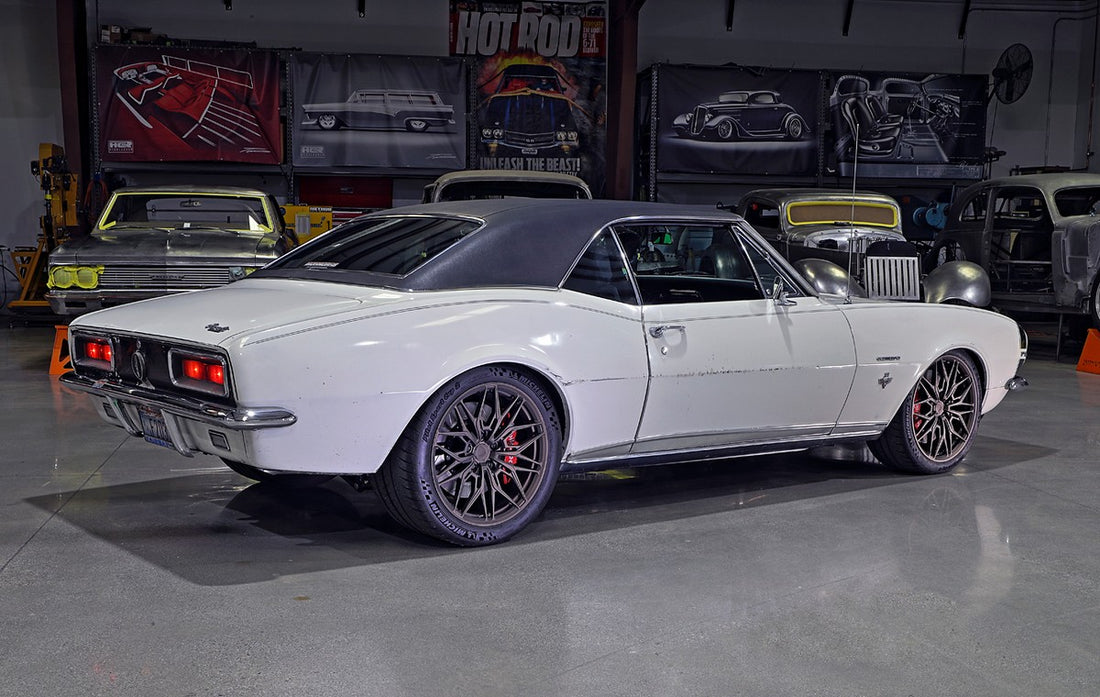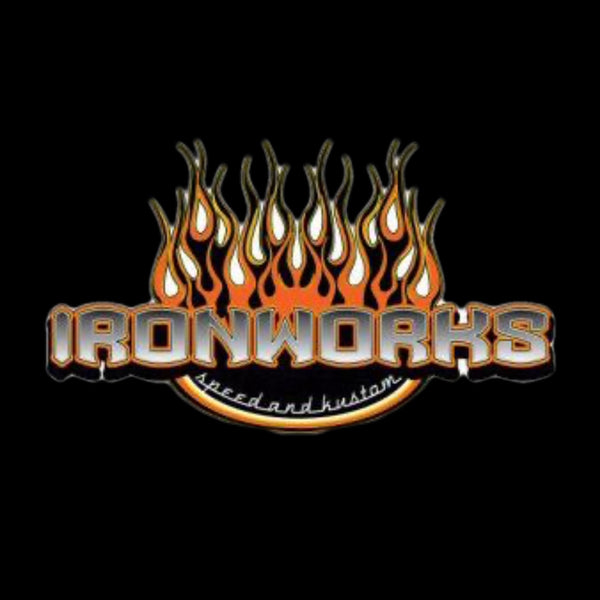
Crusty 2.0: Less Patina, Better Performance, Still Crusty
Share

When building cars, Greg Heinrich isn’t all about massive horsepower, or flash paint. What matters to him more than anything, is how driveable the car is. Not how fast it can go around a corner - although that is a concern - but things like how well does it suck up a pothole? Can it idle in the Texas sun all day in traffic and not overheat? Is he still comfortable in the seats after putting hundreds of miles on it?

Story From BangShift.com
Case and point: The Crusty Camaro 2.0
If you remember before, we showed you The Crusty Camaro 1.0 - a car that had modern upgrades, but a patina paint job. The recipe for The Crusty Camaro 2.0 was already there -modern performance and original paint.

Crusty 1.0 was a fairly simple built car. There was upgraded suspension, an LS under the hood, and other stock replacement upgrades. Once the car was driven and dialed, Greg had the itch to build an even better version, Crusty 2.0 - which received many upgrades over the original.
Plain Jane Paint

As you can see, the paint is all original on this 1967 Camaro RS. It’s a plain jane white car with a black roof and black stripes. If you know Greg though, he loves white cars so this one was right up his alley. The black insert in the tail panel and the black stripe on the front of the car were added by a previous owner. Once you get past the paint, that’s about the only thing that’s left stock on this car though.
Setting The Foundation
Starting on the underside, the car received an entire Roadster Shop chassis. This is a full-frame chassis that doesn’t allow the body to flex like a wet noodle when you romp on it. The front is coil over suspension, and in the rear is a complete IRS set up fitted with a GearFX rear diff.

Adding the IRS set up requires a bit of trimming the rear to make it all fit. However the crew at Ironworks saw this as a positive as it allowed them to recess the fuel tank into the trunk for greater ground clearance on this low-slung ‘Maro.
Finishing off the chassis combination is a set of Wilwood 6-Piston brakes at all four corners with a DSE power brake booster setup. Surrounding the stopping package is a set of Anrky wheels wrapped in Michelin tires. This combination of parts gives the car modern day handling that a factory ‘67 Camaro can only dream of and none of the wet noodle feeling.
Power and Comfort
Another aspect that Greg had the Ironworks crew improve upon was the powerplant under the hood. Sure the LS in Crusty 1.0 put out good power. But why be good, when you can be great? For that they used an LT power plant and backed by a Bowler Performance Stage II T56 transmission.

The inside of the car remains fairly stock. The door panels are even stock. The factory buckets wouldn’t suffice, so a set of Recaros were installed. A set of Dakota Digital gauges fill the holes in the dash, and a pair of Clayton Machine Works pedals were utilized. The rest remains pretty much how it rolled off the assembly line.

The End Result
With lots of cars, once the project is done you rarely see them drive it, let alone show it. They might put 100 miles a year on them. This isn’t the case for Greg; the whole point of this car was to drive it! To date he’s put almost 10,000 miles on the car and completed three separate Road Tours. The best part of it all? This car was built in only 10 short months!

